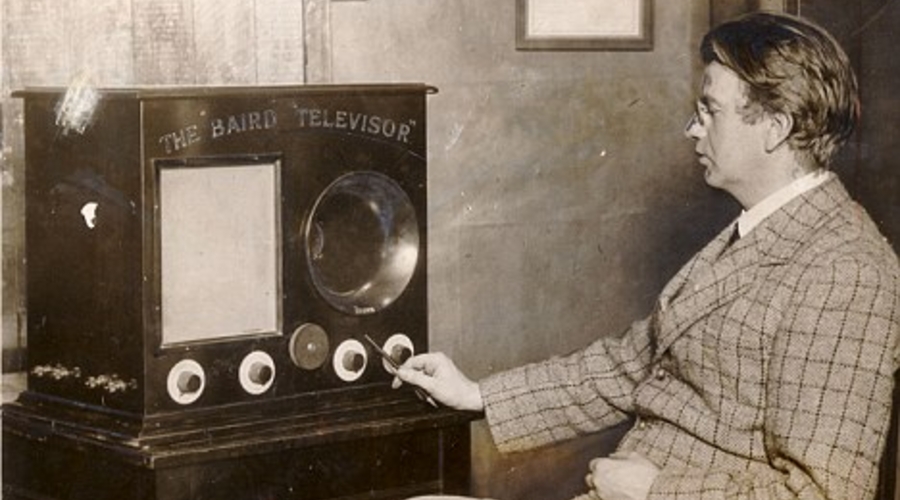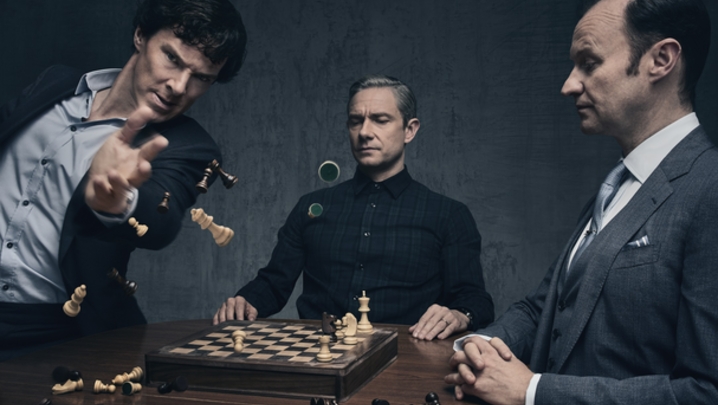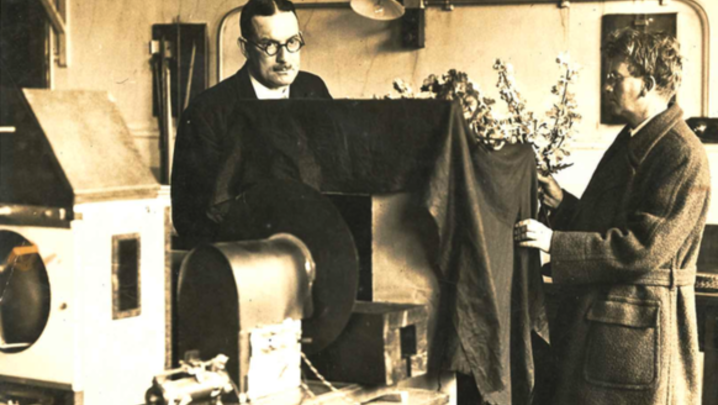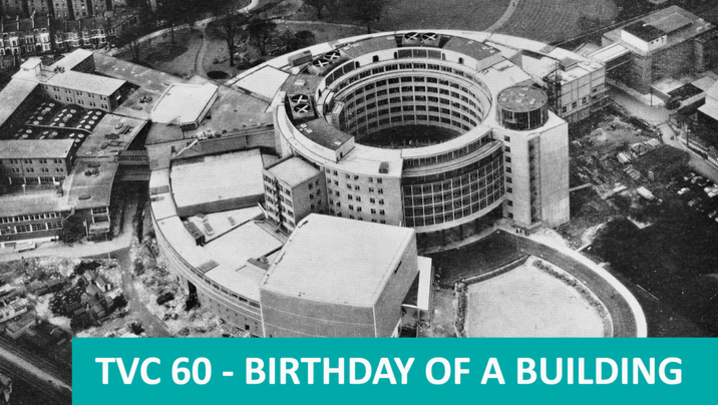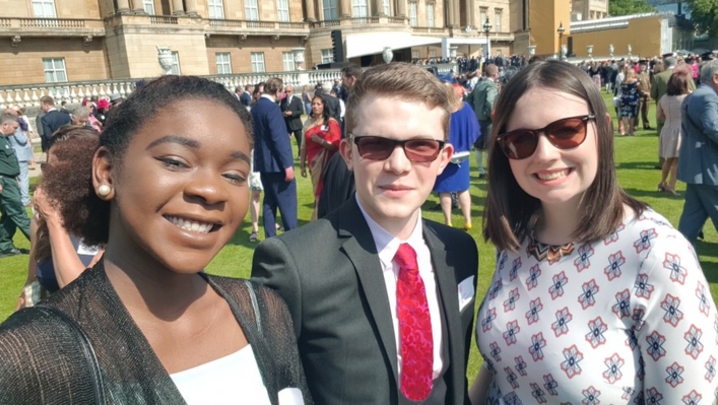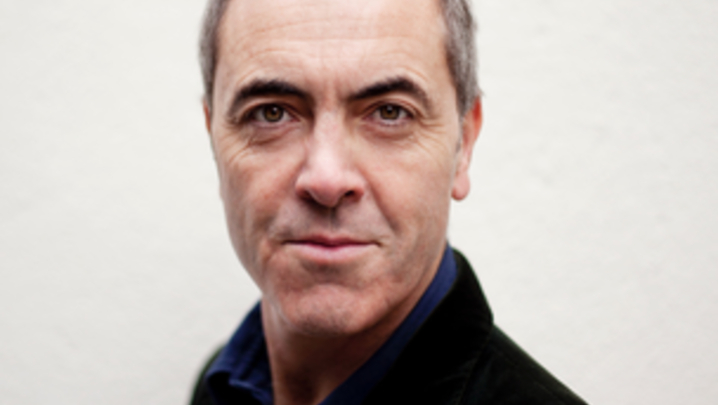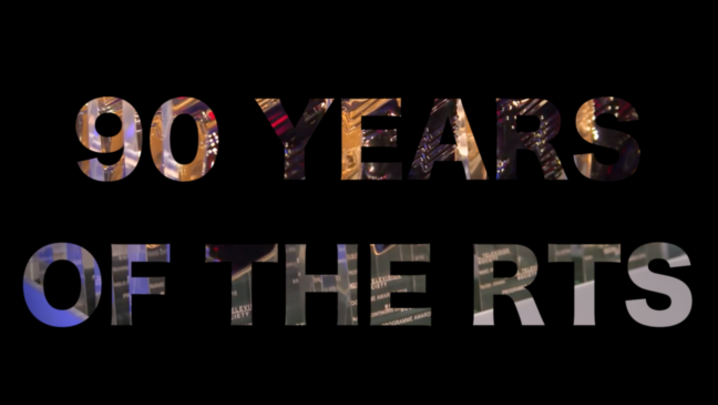Today marks the 90th anniversary of the first demonstration of television by inventor John Logie Baird. We look at what that invention meant, and his role in the early days of the Royal Television Society.

Prior to his success with the invention of the television, John Logie Baird was unlucky and struggled with a series of unsuccessful projects.
He had tried and failed to create artificial diamonds and attempted to create a cure of haemorrhoids which left him in considerable pain.
However by 1925, and with the support of Gordon Selfridge, he successfully developed and demonstrated his mechanical television system at Selfridges store in London.
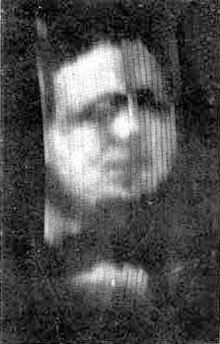
Oliver Hutchinson produced by
Baird's "televisor", (c.1926)
Following his breakthrough, Baird went in search of publicity for his invention, visiting the offices of the Daily Express, however the News Editor was reportedly so terrified that he is quoted by his staff as saying “For God’s sake, go down to reception and get rid of the lunatic who’s down there. He says he’s got a machine for seeing by wireless. Watch him – he may have a razor on him.”
It was not until 1926 that Baird's invention actually began to speak for itself.
Baird demonstrated his mechanical television system to the Royal Institution which was immediately very popular on both sides of the Atlantic.
The Radio News reported that it was the first time “real” television had been successfully demonstrated.
It is from around this time that the first ever photography of a moving image was produced using Baird’s ‘televisor’.
One year later the Royal Television Society (or ‘Television Society’ as it was then) was formed following a lecture by Baird to members of the British Association at Leeds University, making it the first television society in the world.
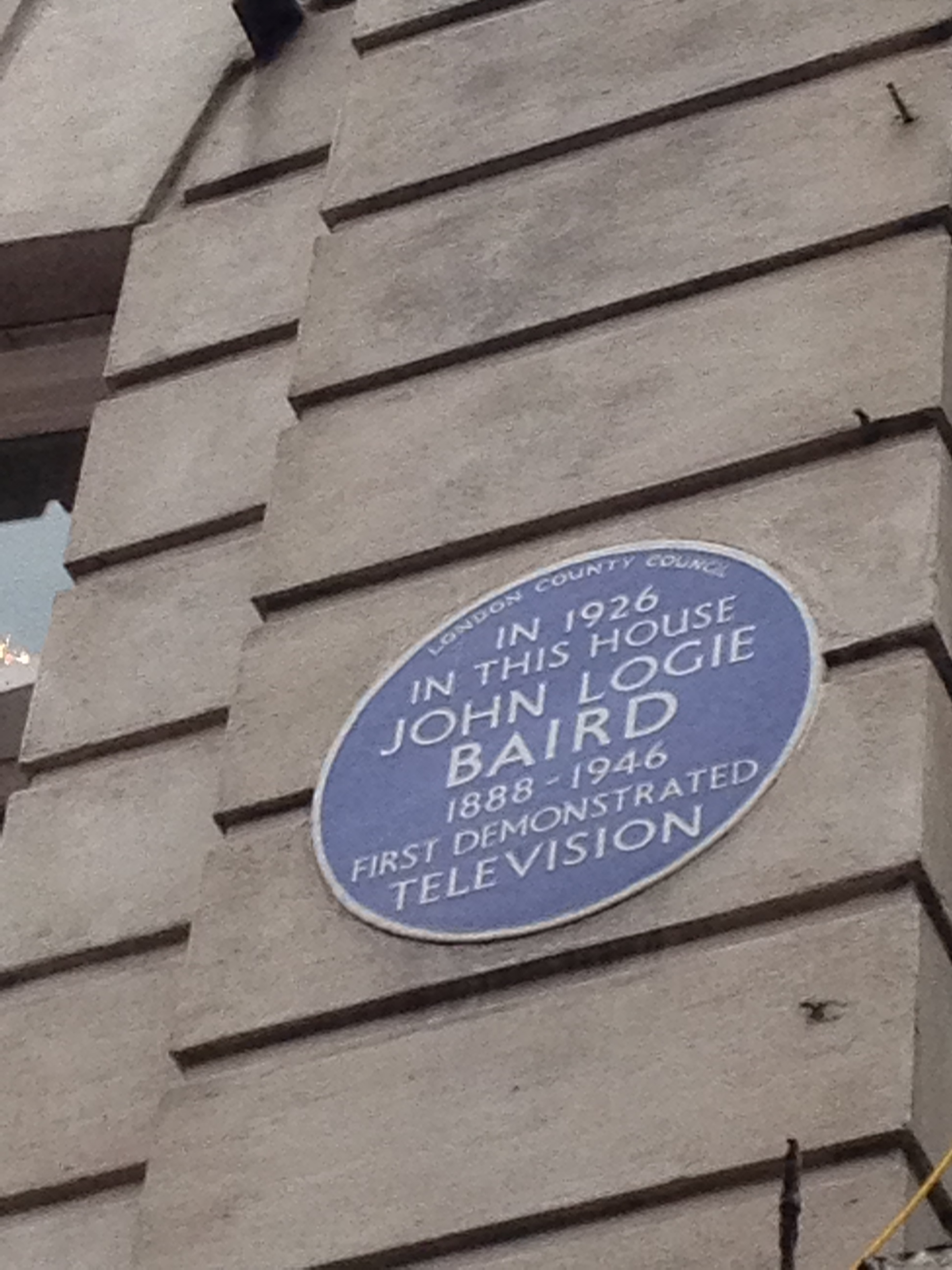
at 22 Frith Street, London
It was suggested by W G Mitchell BSc that “The time had come, owing to the success of Mr Baird’s television development, for the formation of a Society whose sole interest would be the study and development of problems associated with television and allied subjects.”
Thanks to Baird’s proclivity for publicity, the Television Society did not at that time dwell upon their relation to the inventor.
A letter to the long-serving Honorary Secretary of the Society Gregory Parr dated 1960 notes “the fact was, it was not a good thing to have Baird’s name dangled around when persuading prominent people in the scientific world to take an interest in, and support, the Society in its early days. That was one of my main difficulties from 1928-1933.”
Indeed, few people know that Baird was also behind the world’s first ever television journal, Television, which launched in March 1928 and is still published today by the Royal Television Society.
Expert on early television Don McLean is giving a lecture tonight to mark the anniversary entitled Television – First Light at Aberystwyth University.

